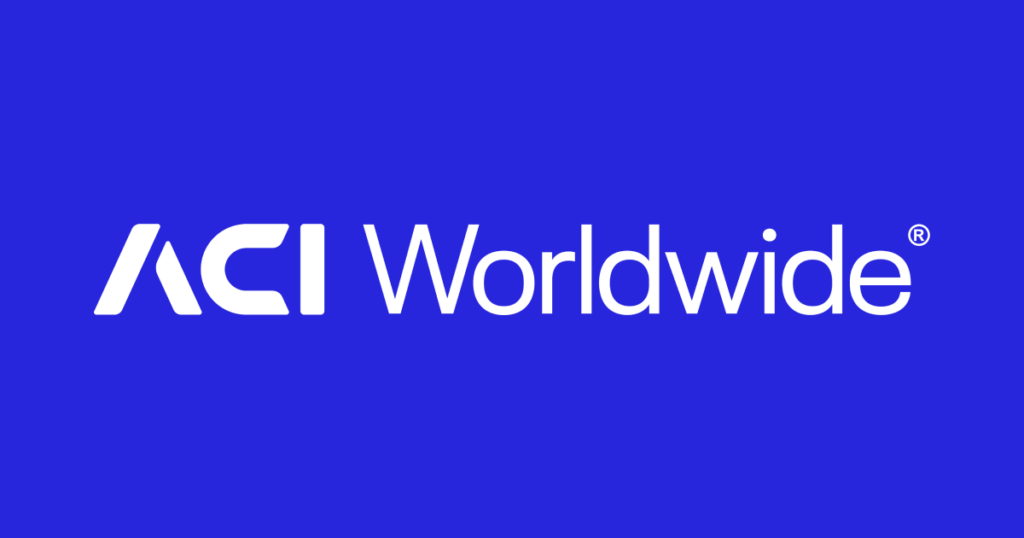On this page
Let’s be honest, things are getting tougher for American consumers. Auto debt in the U.S. has hit a staggering $1.66 trillion, according to a new Road and Track article,1 and nearly half (46%) of once-stable consumers are now living paycheck to paycheck.2 For those of us in the auto lending space, this is not just a headline—it’s a wake-up call.
These numbers reflect more than economic strain; they signal a shift in consumer behavior and financial resilience. Borrowers who once had predictable payment patterns are now facing mounting pressure from rising interest rates, inflation, and stagnant wages. As financial stress becomes increasingly widespread, lenders must reassess how they evaluate risk, structure loans, and interact with customers. The old playbook—built on assumptions of stability—no longer applies. It is time to meet consumers where they are, with empathy, flexibility, and smarter financial tools.
The financial landscape is shifting fast
Emergency savings are shrinking, and financial fragility is on the rise. According to CNN, many Americans would struggle to cover a $500 surprise expense—a clear sign of how thin household margins have become. Meanwhile, auto loan rates are surging, with new car loans averaging 9.43% and used car loans rising to 14.15%, according to Cox Automotive.3 Add to that the growing volume of subprime auto loans, which experts warn could pose a broader risk of recession.
So, what does this mean for us as lenders? It’s a clear signal to evolve. We must go beyond transactional relationships and focus on building trust, offering flexibility, and supporting borrowers through financial uncertainty. In today’s climate, empathy isn’t optional—it is essential.
Financial fragility doesn’t exist in a vacuum
It’s essential to acknowledge that this financial fragility extends beyond auto loans—it also impacts other crucial areas of consumer credit. When borrowers are stretched thin, it impacts their ability to stay current on mortgage payments, rent payments, credit card payments, personal loans, and student loans. A missed car payment might be the first domino to fall, but it rarely stands alone. For lenders, this means that proactive engagement isn’t just about protecting auto portfolios—it’s about helping borrowers avoid a downward spiral that could impact their entire financial well-being.
Mobile-first engagement: Meeting borrowers where they are
In today’s world, mobile-first engagement isn’t a luxury—it’s a necessity. As I shared in a previous blog, When a missed payment costs 60 points: Why wallet-based engagement is the new standard for student loan servicing, borrowers expect to manage their finances from their phones.
They want:
- Push notifications for payment reminders
- Digital wallets to track balances
- Self-service tools that let them make changes without waiting on hold
This isn’t just about convenience—it’s about empowering borrowers to take control of their financial journey. Mobile-first engagement also creates space for personalization on a large scale. When borrowers receive tailored messages, timely nudges, and intuitive interfaces, they’re more likely to stay on track and feel supported while doing so. This kind of proactive communication helps prevent missed payments, reduces call center volume, and strengthens long-term loyalty. In a competitive lending landscape, the ability to deliver seamless, mobile-first experiences isn’t just a tech upgrade; it’s a strategic advantage. Lenders who prioritize it are better positioned to meet rising expectations and navigate economic uncertainty with resilience.
Smart payment scheduling: Aligning with payment cycles
One of the most impactful ways we can support our customers is by offering automatic payment schedules that match their pay dates. Consider this: if someone is paid biweekly, why not let them set up payments that align with that schedule?
It’s a simple change that can:
- Reduce missed payments
- Cut down on late fees
- Make life a little easier for borrowers
When it comes to flexible payment options, we need to go beyond the basics. Offering a range of payment methods, including bank accounts, debit cards, Apple Pay, Google Pay, PayPal, and Venmo, ensures borrowers can choose the option that works best for them. It’s about removing friction and meeting them where they already are.
But flexibility isn’t just about choice; it’s about timing, context, and control. Giving borrowers the ability to schedule payments, split them across accounts, or even pause and resume based on life events can make the difference between a missed payment and a maintained relationship. In a world where financial stress is high and attention spans are short, seamless payment experiences can reinforce trust and loyalty. The more intuitive and adaptive our systems are, the more likely borrowers are to stay engaged and stay current.
ACI Speedpay: Turning empathy into action
With wallet-based engagement, flexible scheduling, and multi-channel support, ACI Speedpay empowers lenders to meet borrowers where they are—financially and digitally. Whether it’s aligning payments with payment cycles, sending real-time reminders, or enabling payments through the methods consumers already use, ACI Speedpay removes barriers and helps our clients build trust with their customers.
When money is tight, priorities shift
The 2025 ACI Speedpay Pulse Report reveals that when consumers can only afford to pay one bill, they prioritize those that keep their lives running—mortgage or rent, auto loans, credit cards, utilities, and student loans top the list.4 This hierarchy underscores just how critical auto payments are in the broader financial ecosystem. For lenders, it’s a reminder that offering flexible, frictionless payment options isn’t just about convenience; it’s about helping borrowers protect the essentials and avoid cascading financial consequences.
As Ron Shultz recently shared in his blog, “Bill pay isn’t what it used to be, and that’s a good thing,” the evolution of bill pay is no longer just about processing transactions—it’s about creating meaningful, frictionless experiences that reflect the realities of today’s consumers. ACI Speedpay is at the forefront of this transformation.
The path forward
We’re in a unique position to make a real difference. By embracing mobile-first tools and aligning payment strategies with the realities our customers face, we can:
- Boost repayment rates
- Reduce delinquencies
- Build long-term loyalty
In a time when financial stress is high and trust is fragile, meeting borrowers on their phones and on their terms isn’t just smart, it’s the key to sustainable success. But it doesn’t stop there.

The future of lending will be shaped by how well we listen, adapt, and innovate. That means designing experiences that feel less like transactions and more like partnerships: Using data to anticipate needs, offering flexibility before it’s requested, and creating systems that empower rather than penalize.
Lenders who lead with empathy and technology won’t just weather the storm—they’ll redefine what it means to serve today’s borrowers. Let’s be those lenders.
Connect with Darcy on LinkedIn for regular updates on payment innovation opportunities for lenders, and head here to learn more about ACI Speedpay.
Sources:
1Americans Owe a Staggering $1.66 Trillion in Auto Debt, Report Finds, Road and Track. 2025
246% of Once-Stable Consumers Now Live Paycheck to Paycheck, PYMTS.com. 2025
3A Major subprime auto lender just went belly up. It won’t be like subprime mortgage lenders sparking the Great Recession, CNN Business. 2025



